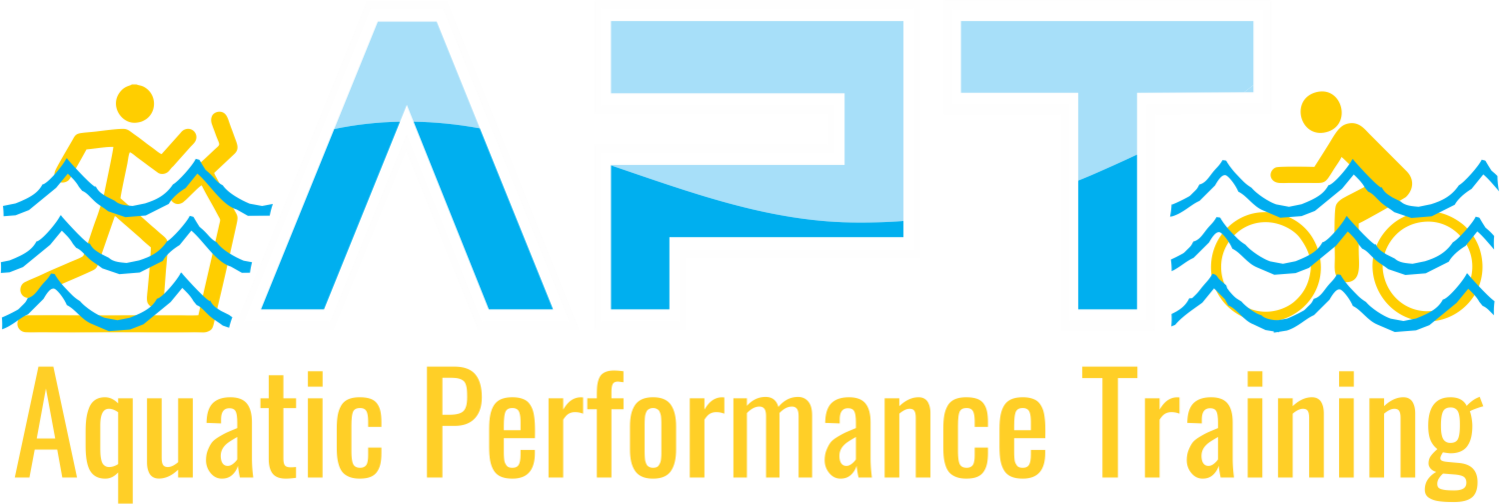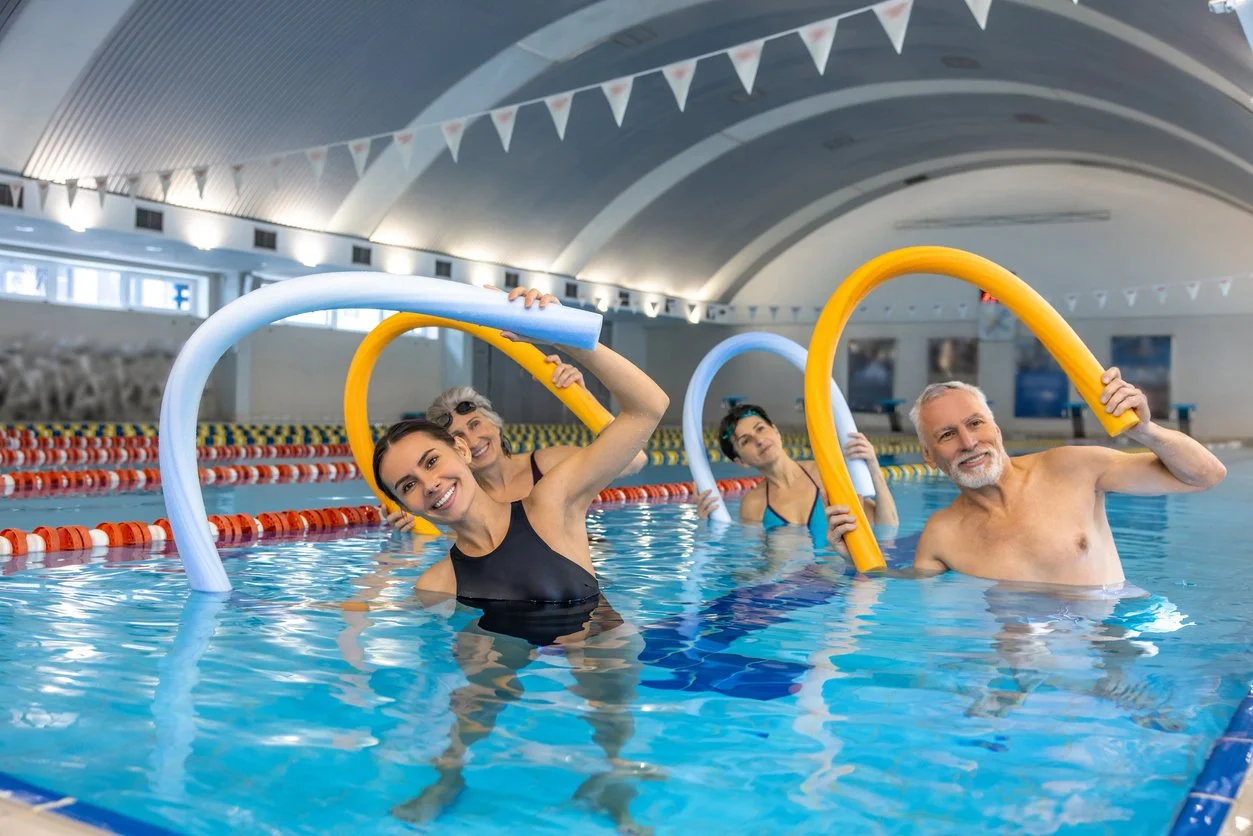Why Is Aquatic Therapy Good For Your Injury Recovery?
Aquatic therapy, also known as hydrotherapy, is a type of physiotherapy that involves performing movements and exercises in a warm-water pool. This unique therapy uses the properties of water such as buoyancy to help joints and muscles recover more efficiently. Performing water-based exercises is far more gentle on the joints and muscles than performing the same exercises on land, and that is because of buoyancy.
When you exercise on land, your full body weight is absorbed by your joints and muscles with every movement because of gravity, and this can be very painful and aggravating to any areas that are inflamed or injured. When you perform the same exercises in water your body becomes buoyant (meaning you can float in water) which helps support a significant amount of your body weight, therefore reducing the stress inflicted on joints and muscles.
Doing water-based exercise or movement is extremely beneficial to those who suffer from chronic conditions like arthritis, where any movement can be painful and prevent you from exercising further. The support the water's buoyancy offers means your body can relax more, allowing you to perform an increased range of movement with reduced pain and stiffness.
Exercise is important for managing chronic conditions like arthritis or other injuries as it improves movement and strengthens muscles, but certain activities can increase pain or exacerbate injuries and this is where aquatic therapy is ideal.
What Is Water Resistance & How Does It Help Strengthen Muscles?
Water resistance is sometimes called drag, and it is a type of friction that arises when an object moves through water. The resistance acts as a force that opposes the motion of the object. If you compared the feeling of walking 10 meters along a pavement to walking 10 meters in a shallow swimming pool you would find that you would require far more effort to walk in the water because of the resistance created by the water. This resistance forces the muscles to work harder and is great for building strength, improving muscular endurance, and enhancing bone density.
When you do strength training in a gym using weights, the weights only work against gravity which pulls in one direction, whereas water resists movement from all directions which leads to a more balanced muscle development. The constant resistance that the water provides forces the muscles to engage more fully, which leads to greater strength gains than if you just used land-based weight exercises.
What Is Hydrostatic Pressure & How Can It Reduce Swelling?
Hydrostatic pressure is the pressure that is exerted by water when you immerse your body in it. This pressure can play a significant role in aiding the reduction of swelling by compressing tissues and helping fluid movement. It can help to counteract gravity and the pooling of fluids (think of swollen ankles when you have been on your feet all day), and works by exerting an equal amount of pressure in all directions, squeezing tissues and promoting fluid movement back into the bloodstream or lymphatic system.
Swelling is a natural part of the body's response to injury, but can become problematic if it is excessive or prolonged. Reducing swelling helps to minimize pain, improve healing and prevent any long-term complications like stiffening or chronic inflammation.
Benefits of Warm Water
There's nothing quite like sinking into a warm bath after a long day. Beyond the comfort it provides, warm water offers several therapeutic benefits for both the body and mind.
Physical Benefits
-
Muscle relaxation – The heat helps muscles loosen up, making movement less painful and reducing stiffness.
-
Improved blood circulation – Warm water dilates blood vessels, enhancing blood flow and helping to remove inflammatory substances from the body.
-
Reduced inflammation – This promotes quicker healing of sore or strained muscles.
-
Enhanced range of motion – Relaxed muscles support better flexibility and ease of movement.
Mental Benefits
-
Stress reduction – Warm water helps calm the nervous system, reducing anxiety and tension.
-
Improved sleep quality – The soothing effect can promote deeper, more restful sleep.
-
Overall well-being – A warm soak can contribute to a more balanced and relaxed state of mind.
Improve Your Mobility And Flexibility With Aquatic Therapy
What's not to love about aquatic therapy?
Performing exercises and movement in water not only challenges your body to its full potential, thanks to the resistance that water provides, but afterwards you will also feel far less muscle soreness than with land-based exercises because of the buoyancy and support the water offers.

